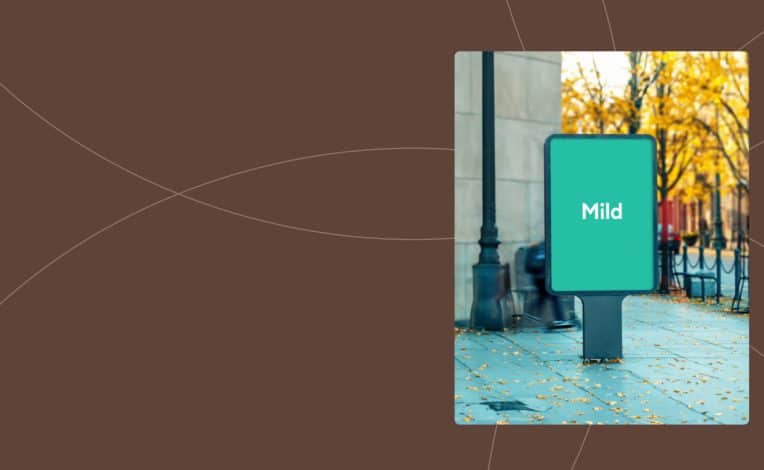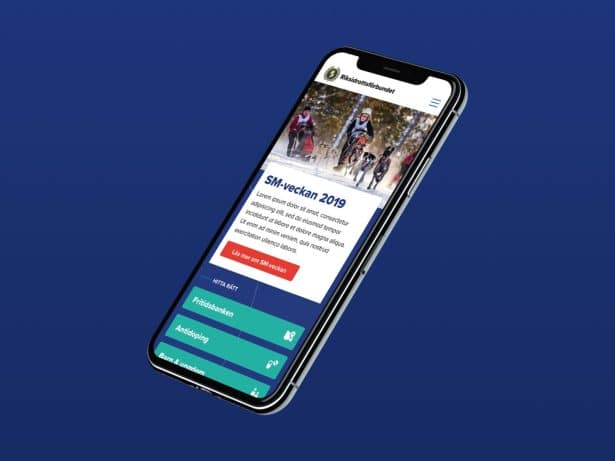In a world flooded with thousands of messages, standing out is key. Programmatic advertising helps you reach the right people, at the right time, with the right message. Read on to discover how you can make your advertising smarter and more impactful.
What is programmatic advertising?
Programmatic advertising is a method that leverages technology and automation to buy and sell online ad space. Instead of manually managing every ad placement, programmatic uses AI and real-time data to find the ideal audience and display relevant ads—automatically and efficiently. For marketers, this means more opportunities to reach customers quickly and precisely, creating campaigns that truly hit the mark.
Programmatic vs. traditional ad buying
Traditional ad buying often involves manual negotiations and step-by-step campaign monitoring. Programmatic advertising streamlines the process—handling everything from determining which ads to display, to deciding when and where they should appear, all powered by AI and real-time analytics. Simply put, it saves time!
Different types of programmatic ads
Programmatic advertising goes beyond display ads, offering a variety of formats tailored for different channels and audiences:
- Display ads: Banner-like ads shown on websites, typically in headers, sidebars, or footers.
- Video ads: Multimedia ads that appear both in-stream (e.g., YouTube videos) and out-of-stream (standalone videos on websites).
- Native ads: Ads designed to blend seamlessly with the website’s content, appearing as a natural part of the page.
- TV Ads: Digital commercials displayed on traditional and digital TV platforms
- Digital out-of-home (DOOH): Ads on digital screens in public spaces, such as malls or city centers.
Read more about how we at Mild work with programmatic here!
Jens“Programmatic is an excellent solution when you want to reach specific target audiences quickly and with precision. Whether it’s about building brand awareness, driving traffic, or launching a new product, it’s a smart strategy to expand reach and achieve impactful results.”
Head of SEM/SEO, Mild
Benefits of programmatic advertising vs. traditional advertising
- Better reach and precision
With programmatic, you not only reach more potential customers but also target them with incredible specificity. Algorithms help direct ads based on audience interests, behaviors, and demographics, adding a personal touch that strengthens customer relationships. - Efficiency that saves time and money
Automating the process saves both time and resources—no more manual adjustments for every ad. Programmatic lets you see what works and optimize campaigns in real-time, making them cost-effective and time-efficient. - Real-time data and insights
One of programmatic’s greatest advantages is access to real-time data and insights. You can immediately adjust campaigns, messages, and target groups based on what the data reveals. This strategy improves efficiency and boosts your return on investment (ROI). - Flexibility and scalability
Want to reach more people? It’s simple with programmatic—just adjust your budget to expand your reach. This scalable method works equally well for small, niche campaigns as it does for large-scale brand awareness efforts.

How to Get Started with Programmatic Advertising – 5 Steps
1. Define your goals
Set clear and measurable objectives for your campaigns. Are you aiming to boost brand awareness, drive traffic to your website, or generate leads? Each campaign should have a specific focus to optimize effectively.
2. Segment your audience
Use existing data to create precise audience segmentation. Targeting can be based on demographics, location, interests, or purchasing behavior. A well-defined audience minimizes wasted ad spend and increases the relevance of your message.
3. Choose the right DSP (Demand-Side Platform)
Design ads that engage your audience. Use data to personalize your message and refresh content regularly to avoid ad fatigue. Experiment with different formats and creative elements to discover what resonates best.
4. Create effective ads
Design ads that engage your target audience. Use data to personalize the message and update content regularly to avoid ad fatigue. Experiment with different formats and creative elements to find what works best.
5. Launch and monitor your campaign
Once your campaign is live, closely monitor results and make real-time adjustments based on performance. Keep an eye out for any signs of ad fraud to protect your budget and maximize ROI.
Need help getting started?
Contact us today, and we’ll guide you through the process to create campaigns that deliver results!


